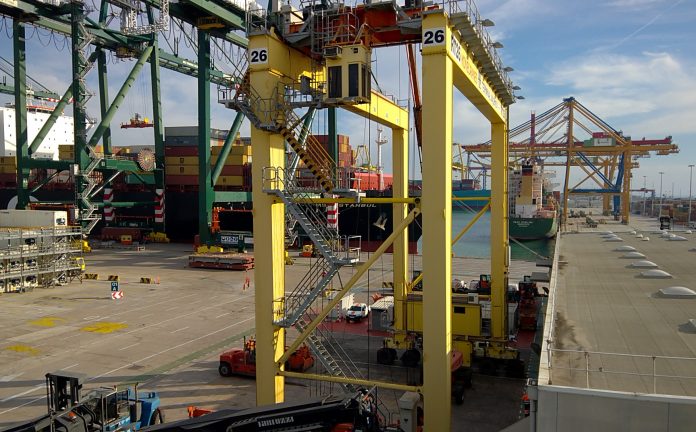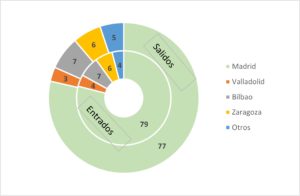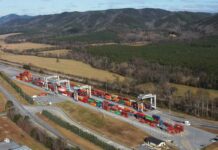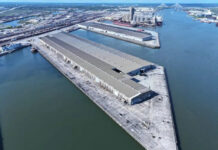
The Port Authority of Valencia (PAV) has announced it will invest approximately €240 million (US$280 million) in the following years to improve accesses and railway infrastructures.
The investments are aimed at the remodelling of the railway network in the Port of Valencia, the electrification of tracks, the adaptation of the network to the European gauge, the railway access to the Port of Sagunto or the improvement of the Valencia-Teruel-Zaragoza line, among others.
The PAV said it is committed to key infrastructures such as the Cantabrian-Mediterranean Corridor, which is fundamental to favour the work of exporting companies in Aragon, but also to bring the markets of Navarre, La Rioja and the Basque Country closer to the Port of Valencia. The PAV is also working, together with ADIF, to promote the first rail motorway linking the port area with Madrid.
Spain’s capital has consolidated its position as the main point of origin of rail traffic, which accounts for almost 80% of the containers arriving at the Port of Valencia by train. At the same time, 7% of the containers that have entered Valenciaport by rail come from Bilbao, 6% from Zaragoza and 4% from Valladolid.

Meanwhile, the port authority has reported that between January and June, 1 million tons and 103,250 containers have been moved by train, while during the first six months of the year, the Port of València has been the destination of 2,000 trains, which have entered or left its docks.
The PAV has its own unit to manage rail traffic inside the port, where 10 different companies already operate and compete.
The PAV’s objective for the coming years is to continue to increase the use of the train in freight traffic arriving and departing from Valenciaport, hence the importance of undertaking the necessary actions to adapt rail accessibility. Thus, the port authority is making investments to take advantage of the synergy between maritime and rail transport in order to promote competitiveness and contribute to the reduction of CO2 emissions.





